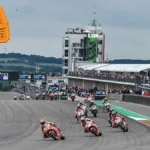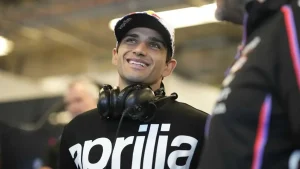Racing automobiles aren’t allowed on public roads. The primary cause of F1 vehicles’ inability to be driven on public roads is that a number of their systems and design components don’t follow the Department of Transportation or other regulatory agency guidelines. Continue reading this article to find out why F1 cars aren’t allowed on public roads, what happens if you try to drive one and when this law is broken.
Why are F1 cars illegal on roads?
Formula 1 cars are not specifically prohibited by law from operating on public roadways. Nonetheless, most nations do not allow F1 cars due to their design. The primary components of Formula One cars that render them unfit for road use are as follows:
- Non-DOT specification tires
- Non-DOT specification seat belt
- No muffler
- Irregularly-shaped steering wheel
- No horn
- No headlights, tail lights, indicators or reflectors
- Ground clearance is too low
It would be necessary to make significant changes to address these problems, but it is possible to make a Formula 1 car street legal. There has only been one successful registration of this kind of vehicle due to the expense and complexity involved.
What will happen if you drive F1 cars on the street?
The average person would not be able to handle an F1 car without the rigorous training routine required to operate one. The cars are not only quicker but because of their rapid acceleration and speed, they are also louder and more difficult to control. It would be absurd for the cars to be permitted in regular traffic because they are so challenging to operate. As a result, driving an F1 car on the street is against the law and doing so could result in fines or even jail time.
When can an F1 car be driven on the street?
During Grands Prix events that are city-planned and map-out, Formula One cars are permitted on regular streets. Numerous cities host these events, which make use of closed roads and streets. They are major events for the host cities and last for roughly two hours. The majority of the circuits in use were created especially for the Grand Prix. These circuits all need a lengthy, straight path that allows them to stop. Additionally, this is the vicinity where the race begins and where the cars are prepared for competition. Only during the Grand Prix is it completely permissible for Formula One vehicles to travel on public roads; however, during the event, these roads are off-limits to the general public.






















